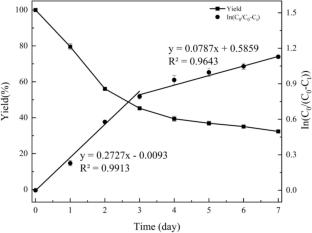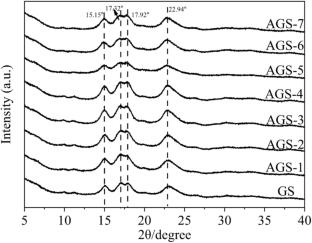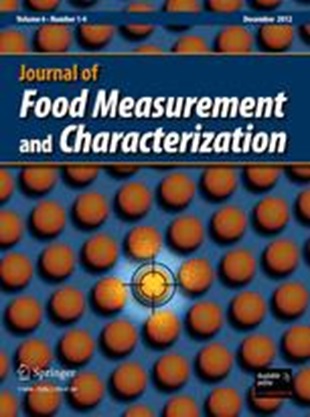Ginkgo starch nanocrystals formation mechanism and its application in Pickering emulsion
Abstract
Starch nanocrystals (SNCs) are a desirable stabilizer for Pickering emulsion, and ginkgo starch (GS) is a potential resource to prepare SNCs. However, the formation mechanism and application of GS-SNCs are not fully elucidated. To address the problem, ginkgo SNCs were prepared using sulfuric acid hydrolysis and the formation mechanism was revealed by molecular structure and morphology changes. The stability of hydrolyzed products in the Pickering emulsions was assessed. The results from hydrolysis kinetics showed a rapid hydrolysis stage in 1–3 days and a slow hydrolysis stage in 4–7 days. The process of forming SNCs exhibited an exo-corrosion, including molecular chain breakage and granule disintegration. SNCs were present in the acid hydrolysis process and comprised of low molecular weight amylopectin, with mean particles of 168 nm for 7-day-formed SNCs. The acid hydrolysis gave a significant increase from 32 to 42% in the relative crystallinity and decrease from 2407406 g/mol to 5136 g/mol on the molecular weight, and the molecular weight change occurred mainly on the first day of hydrolysis. The oil-in-water (O/W) Pickering emulsion was prepared by acid hydrolyzed starch via ultrasonication. The products of acid hydrolysis for 6 and 7 days, AGS-6 and AGS-7 emulsified Pickering emulsions exhibited good stability for 4 months. The size and molecular weight were the important factors that influence the stability of Pickering emulsion. This study provides practical support for the use of Ginkgo SNCs in Pickering emulsions.



 求助内容:
求助内容: 应助结果提醒方式:
应助结果提醒方式:


